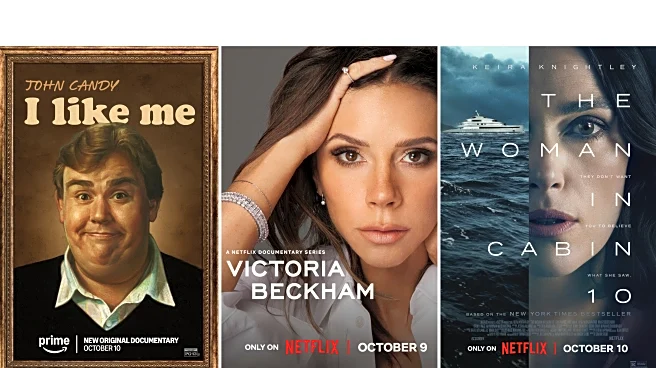What's Happening?
Netflix users often find themselves frustrated with the platform's recommendation algorithm, which tends to suggest the same limited selection of shows and movies. To address this, users can utilize secret category codes to access a broader range of content. These codes, which are numerical identifiers, allow users to explore specific genres and sub-genres not readily visible on the main Netflix menu. By appending these codes to Netflix URLs, users can directly access curated collections of movies and TV shows, such as '90-Minute Movies' or 'Family Movie Night.' Websites like Netflix-Codes.com provide a comprehensive list of these codes, offering over 36,000 unique categories to explore. This method provides an alternative to the standard homepage categories, enabling users to discover hidden gems within Netflix's extensive library.
Why It's Important?
The use of secret codes to navigate Netflix's vast library highlights a significant gap in the platform's user interface and recommendation system. By relying on these codes, users can bypass the limitations of Netflix's algorithm, which often fails to cater to diverse viewing preferences. This development is crucial for Netflix as it underscores the need for improved content discovery tools to enhance user satisfaction and retention. For viewers, it offers a more personalized and enjoyable streaming experience, potentially increasing engagement and subscription longevity. The availability of these codes also reflects a growing demand for transparency and control over content selection in the streaming industry.
What's Next?
As more users become aware of these secret codes, Netflix may face pressure to enhance its recommendation algorithm and user interface to provide a more intuitive and comprehensive browsing experience. The company might consider integrating these codes into its platform more seamlessly or developing new features that allow users to explore content beyond the algorithm's suggestions. Additionally, Netflix could leverage this opportunity to gather data on user preferences and viewing habits, which could inform future content acquisition and production strategies.











